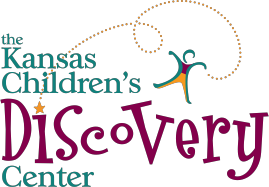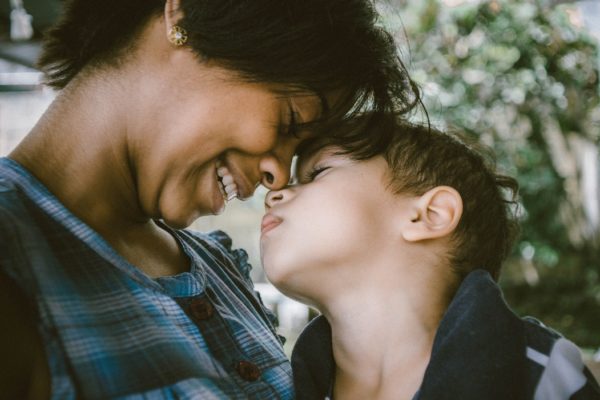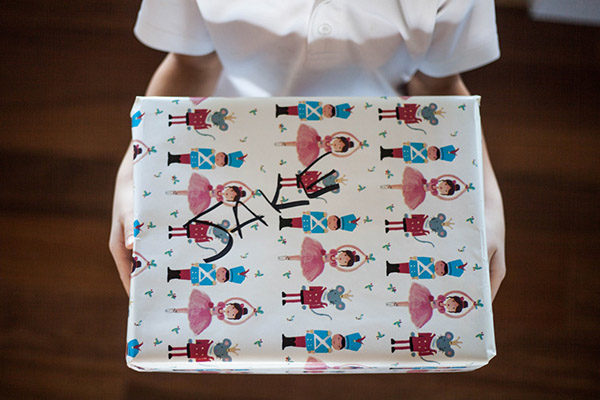Three Ways to Raise a Thankful Preschooler
One of our members at the Discovery Center made his four-year-old daughter a special lunch last week at home, arranging her favorite snacks into a happy face, complete with sandwiches cut into heart shapes for the eyes, strawberry lips and a cookie nose. Her reaction to his extra effort?
“I DON’T like that!” as she shoved her plate across the table.
Similar scenarios are common for young children. As frustrating as it can be for parents, being self-centered is a normal part of development for preschoolers. As kids grow, they will come to understand that other people have their own feelings and thoughts.
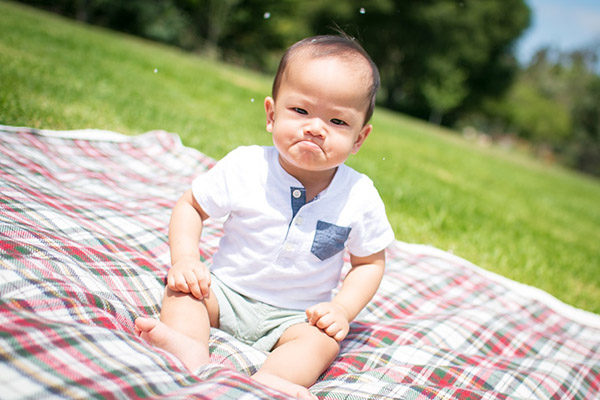
When they’re young, we teach children to say “thank you,” and that behaviors like shoving a plate are not okay ways to communicate. Those are good lessons, but teaching children to feel gratitude is a different issue altogether.
Feeling thankful, truly grateful, feels wonderful to a child, and although we should expect hiccups along the way, there’s a lot parents can do to encourage thankfulness as children grow.
1. Model gratitude
More than anything, preschool children want to please and connect with their caregivers. Express genuine thanks to your child when they do something special, be it picking up toys particularly well, putting extra effort into making something special, or showing kindness to a playmate. Showing your child how much you value them is a great way of teaching thankfulness.
“Parents teach children thankfulness from the moment they are born,” author, researcher and parent, Tovah P. Klein, Ph.D explains, “every time you calm a distressed infant, your soothing builds security, trust and gratitude. Each smile an infant offers a parent can be viewed as gratitude. It is a feeling of being loved, which forms the basis of feeling thankful.”
“I really love this card you made for me, I can see from all the colors and stickers that you worked really hard on it! Thank you!”
2. Include them in giving back
Little kids love to help, especially when they can tell something is important to you. Include your child in your own efforts to give back. Children learn empathy when they have opportunities to both give and receive kindness. Bake cookies together for a neighbor, create a special card for your child’s teacher or daycare provider, volunteer together when you can. If holiday donations are a part of your family tradition, let your child choose a gift for a child in need, and help wrap the gift.
“Today, we’re buying some warm gloves for a child who needs them. This child is a 3 year-old girl, what color of gloves do you think she would like? Should we get her a toy, too? What would she like playing with?”
3. Find out what matters to them
It’s normal for preschoolers to be mostly focused on their own wants and needs. They’re just learning that there’s a bigger world out there that doesn’t revolve around them. When they’re little, find out what matters to them. Encourage them to learn more about it and take action. Does your child notice bees and butterflies outside looking for food? Find out what your family can plant to help pollinators. Perhaps your child’s favorite movie is about exploring the sea. Learn together how you can help support healthy oceans. Listen for your child to share what they’re interested in and how they want to help.
“I don’t like trash at the park, either. Maybe next time we come we could bring a bag and pick some up together. That would make the park cleaner for everyone.”
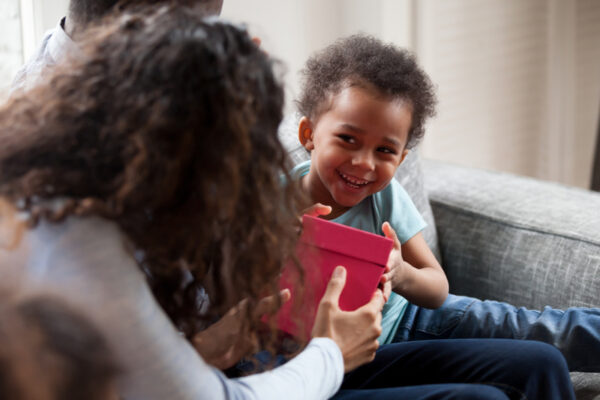
Make gratitude a part of your family’s traditions this Thanksgiving.
